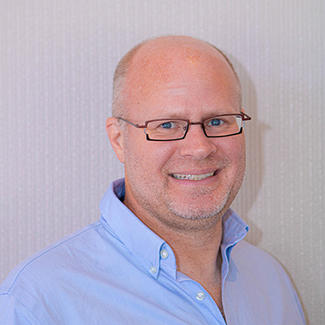Diversifying the Construction Industry
The important role women and minorities do and should play in the construction industry
One statistic the U.S. Bureau of Labor Statistics continuously cites is that only 10.9 percent of construction jobs are held by women. However, women represent roughly 47 percent of the U.S. workforce. That means the construction industry is forgoing their contributions, experiences, perspectives and innovative ideas without a seat at the table.
During an October 2021 interview with Jennifer Lang, owner of Minneapolis Glass in Plymouth, Minnesota, she pointed out this missed opportunity in our industry. “Innovation doesn’t happen in a vacuum. If decision makers have a variety of life experiences [through diverse representation], they will bring better/[more innovative] ideas, decisions and strategic direction to the table.” These diverse life experiences can allow businesses to pinpoint new opportunities, address challenges, and encourage growth and innovation. These all contribute to the growth engine of our industry.
A second important point Lang raised addresses your customers, their needs and their expectations of companies they patronize. As companies expand and work with a more diverse population, she states that, “It is important to be representative of [your] community.” By representing your community, you can effectively address customer pain points and offer a product mix that addresses their needs.
Representation in the workforce
To increase the number of females in the industry, we must discuss the more ambitious goal of diversifying our workforce by attracting females into the construction industry. During my three years working on Chicago’s South Side, community leaders emphasized the importance of representation. Discussions with community leaders and their disadvantaged youth centered on the importance of hope, opportunities and, most importantly, representation. Faleesa Square, community organizer at CAPS in Chicago, constantly hammers this concept home to perspective employers. “If you don’t see others like you working a job, you are less likely to pursue a job in that field,” she says. Therefore, without female machinists or programmers as role models, younger women (and minorities) are less likely to pursue said career path.
No magic formula can solve this conundrum. We have opportunities, though. One variable is to highlight the contributions of females in the construction industry. When leaders, such as Lang, present at schools or events, it gives women a stronger voice to inspire female youth to explore a career in construction.
Another variable includes the development of targeted recruitment at the high school or trade-school level for apprenticeship and internship programs that call attention to job security, innovation, technological complexity and career potential of construction jobs. A third variable is mentoring. Provide female applicants additional guidance and a female mentor, when possible, to shadow. Work-release programs are another angle. By working with “returning citizens,” we can provide these women with high-paying jobs, opportunities to succeed and much more.
Change takes time, but it will expand the future capabilities, experiences, and innovative ideas of our industry. For more information on females in construction or to learn about mentoring opportunities, please check out the Women in Fenestration network.
In Her Words
At my company, women work in all capacities, including software programing, marketing executives, head sale reps and software customer support. Derya Aydemir is the director of customer support for North America’s Clarity Division. “Since childhood, I’ve been interested in technology and programming. My curiosity started with understanding the inner workings of a washing machine, extended into how robots walk, and then lead me to study software development and computer programming at university,” she says.
Aydemir describes her 15-plus years at A+W as “challenging but an endless learning opportunity,” which was fostered by her rotation through multiple A+W departments. She finds the software industry “challenging, but well-suited for women because we are very good at multi-tasking. Women have the natural ability to see things from a different perspective, which allows us to act as a bridge between the customer’s needs and opportunities of developers.” As a bridge, Aydemir states, “Women can function as a translator to encourage developers to build more user-friendly systems.”

